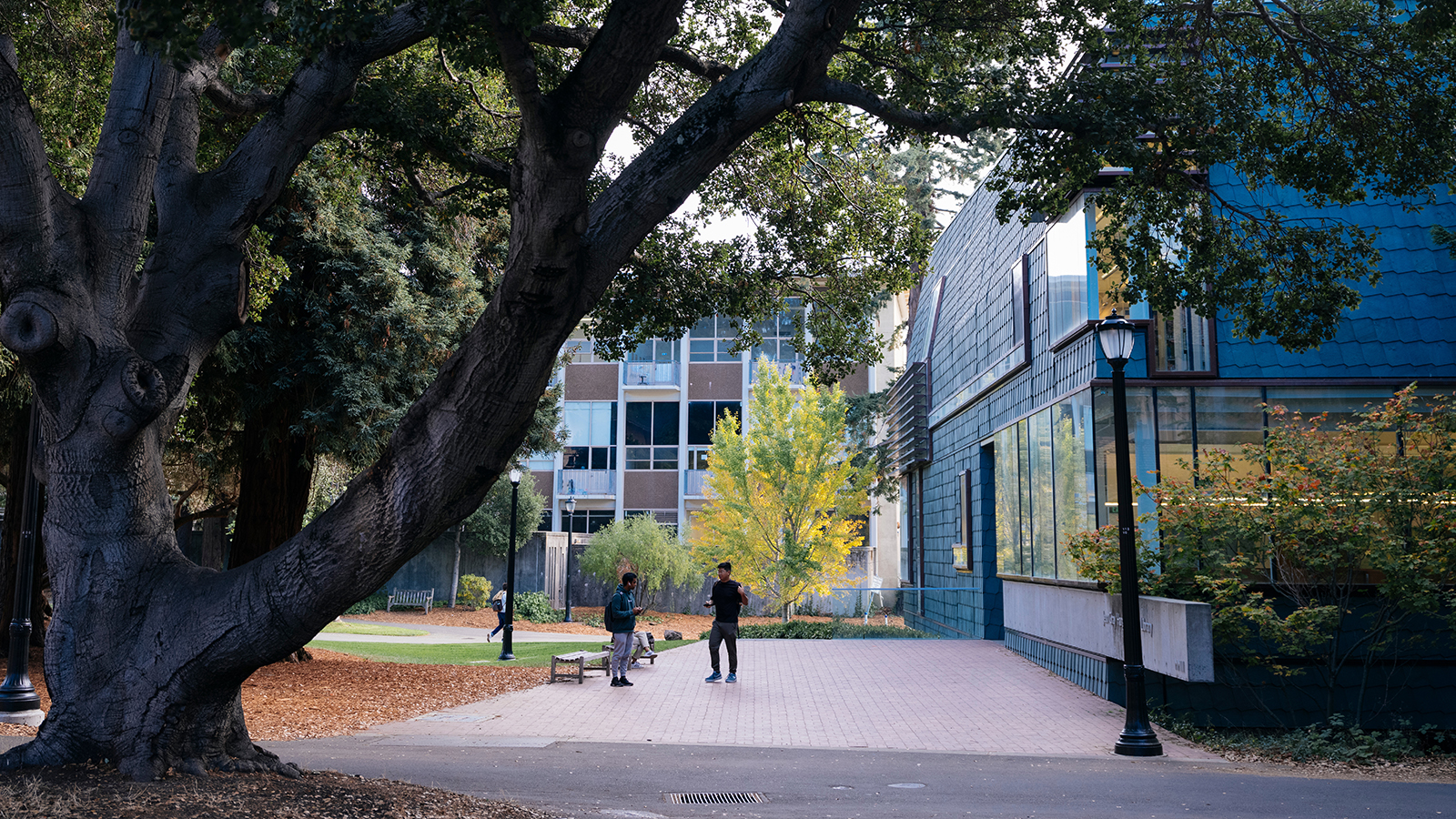Developing a guide to quantify environmental impacts of landscape architecture and impact reduction strategies.
Status: Current
Funding Sources: ClimateWorks Foundation The Green Initiative Fund (TGIF)
Project Objective
The primary objective of this study is to develop a framework to quantify the environmental impacts associated with landscape architecture, and to identify potential impact reduction strategies. Using the UC Berkeley campus as a case study, we will assess and characterize the environmental impacts of a variety of landscape architecture typologies. This will inform the creation of a guide for quantifying the environmental impacts of landscape architecture, with rules of thumb and impact reduction strategies that can be used to inform landscape design.
Significance to Industry
The environmental impacts of landscape architecture have been largely overlooked to date, while ironically the designs from this discipline are often used to showcase sustainability for keystone projects. The American Society of Landscape Architects (ASLA) has released a Climate Action Plan with the goal of reaching net-zero operational and embodied carbon by 2040. However, design professionals lack consistent and repeatable methods for quantifying and comparing the environmental impacts of landscape architecture that account for the various uses of outdoor spaces.
Research Approach
We will use UC Berkeley campus landscape plans to identify representative landscape assemblies and typologies across campus and to conduct a retrospective life cycle assessment (LCA). The UC Berkeley campus serves as a convenient and appropriate case study as it consists of approximately 40% landscaped area with a variety of landscape architecture and green space typologies. We will work with the team involved with the UC Berkeley Climate Adaptation Landscape Plan to gather data about UC Berkeley campus projects over the last ~15 years to inform the analysis.
The LCA results will be used to measure the relative environmental impacts of the different typologies. We will conduct scenario analyses to investigate the impact reduction potential of alternative assemblies to help inform proposed impact reduction strategies that can inform design choices. We will translate these findings into a practical assessment guide with associated rules of thumb for replicating this type of assessment for different projects.
Finally, we will develop an assessment guide to enable the wider adoption of LCA in landscape architecture to enable consistent, transparent and comparable assessments of various landscape architecture typologies. This project will act as a pilot study for future work to develop a broadly holistic assessment and impact reduction potential guide that will be proposed to the American Society of Landscape Architects (ASLA) and the Landscape Architecture Foundation (LAF).
Publications and Reports
- Kou, A. (2024). ‘Assessment of Embodied Water Impacts for Landscape Architecture Strategies: A Life Cycle Assessment Approach.’ Bachelor of Science Thesis, Dept. of Environmental Science Policy & Management, UC Berkeley 2024 https://escholarship.org/uc/item/9q76p6bw

